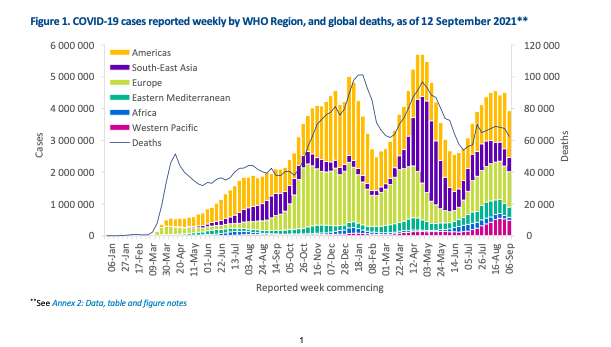A new study led by Flinders University has found that the speed at which water flows from a tap can significantly impact the potential risk of infections spreading in hospital and aged-care settings.
The study, titled “The impact of water flow rates on bioaerosol production from handwashing basins,” has been published in the journal Building and Environment. Environmental health experts warn that bioaerosols—airborne water particles that may contain bacteria or viruses—pose a significant public health concern.
Dr. Claire Hayward, lead author of the study and a postdoctoral researcher specializing in antimicrobial resistance, emphasizes the importance of these findings. “This research highlights an often-overlooked factor in infection control, raising the potential for enhanced infection prevention measures in healthcare settings and public spaces,” says Dr. Hayward.
The study underscores the role of bioaerosols in health-care-associated infections, particularly in hospitals and aged-care facilities. While previous research has established links between bioaerosol transmission and infection outbreaks, the influence of basin design parameters—such as flow rate restrictors—remained largely unexamined until now.
Key findings from the study indicate that all three tested flow restrictors produced respirable-sized bioaerosols. Although the number of aerosols and droplets originating from the source water did not vary significantly across different flow rates, lower flow rates were associated with increased aerosol generation from the drain. This, in turn, led to greater retrograde contamination from the drain to the faucet.
This suggests that while lower flow rates may be beneficial for water conservation, they could inadvertently heighten the risk of microbial spread.
Professor Harriet Whiley, senior author of the study and a researcher at Flinders University’s College of Science and Engineering, highlights the intricate relationship between plumbing design and infection control. “By optimizing design elements like aerators and flow rates, we may be able to reduce infection risks. However, further research is needed to identify the safest and most effective configurations.”
Professor Whiley further stresses the need for interdisciplinary collaboration: “The study underscores the importance of cooperation between product designers, engineers, and microbiologists to develop hand basin designs that balance functionality with infection prevention.”
As concerns over bioaerosol transmission persist in high-risk environments, the study’s insights could help shape future plumbing innovations and healthcare policies to mitigate infection risks.
Disclaimer: This article is based on a study published in Building and Environment. While the findings highlight potential infection risks associated with hand basin water flow rates, further research is necessary to determine the most effective mitigation strategies. Readers should consult healthcare professionals and regulatory guidelines for best practices in infection control.












